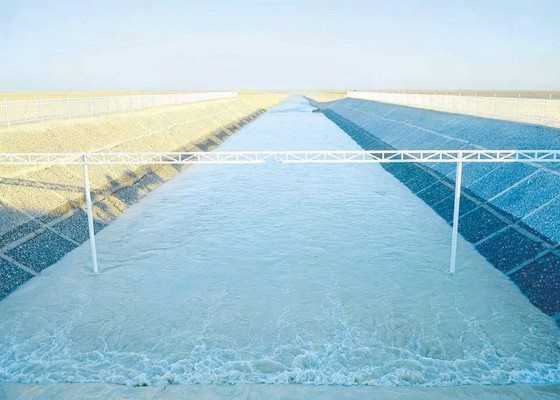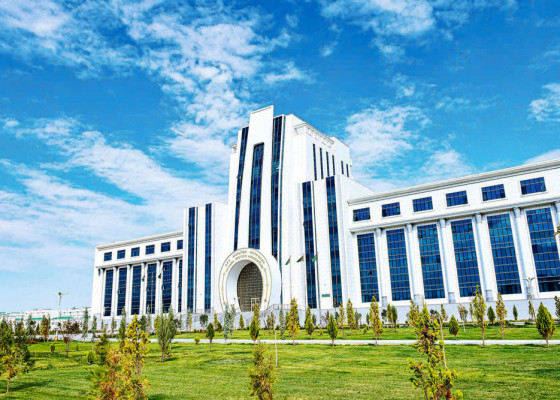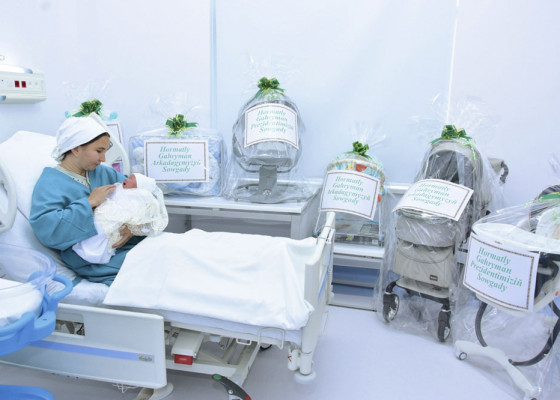Clean Water for People’s Health
Speaking at the recent online government meeting, the velayat hyakims reported to the President of Turkmenistan on the measures taken to ensure the uninterrupted functioning of heating systems in social facilities and to supply electricity, natural gas and drinking water to local populations. In this context, the editorial staff decided to calculate how much human labour and energy resources must be used to support technological equipment and processes and how many hours were spent by complex multi-stage mechanisms and engineering devices so that our homes have clean and safe drinking water. To do this, I had to visit the country’s largest drinking water plant, located in the Ak Bugday etrap, Ahal velayat, that meets the water needs of Ashgabat. The plant was built by Turkish company Polimeks in 2010. Its capacity is 250,000 cubic metres of drinking water a day. Two water plants, including the first facility of that kind with a capacity of 100,000 cubic metres a day, built in previous years, are located nearby. It was built in 1969 and is still in operation. The enhancement of production capacity and the expansion of the administrative boundaries of the capital during the years of independence necessitated the construction of additional water intake and water treatment facilities and the establishment of the Ashgabatvodokanal Trust to manage them in 1995; it was renamed




















